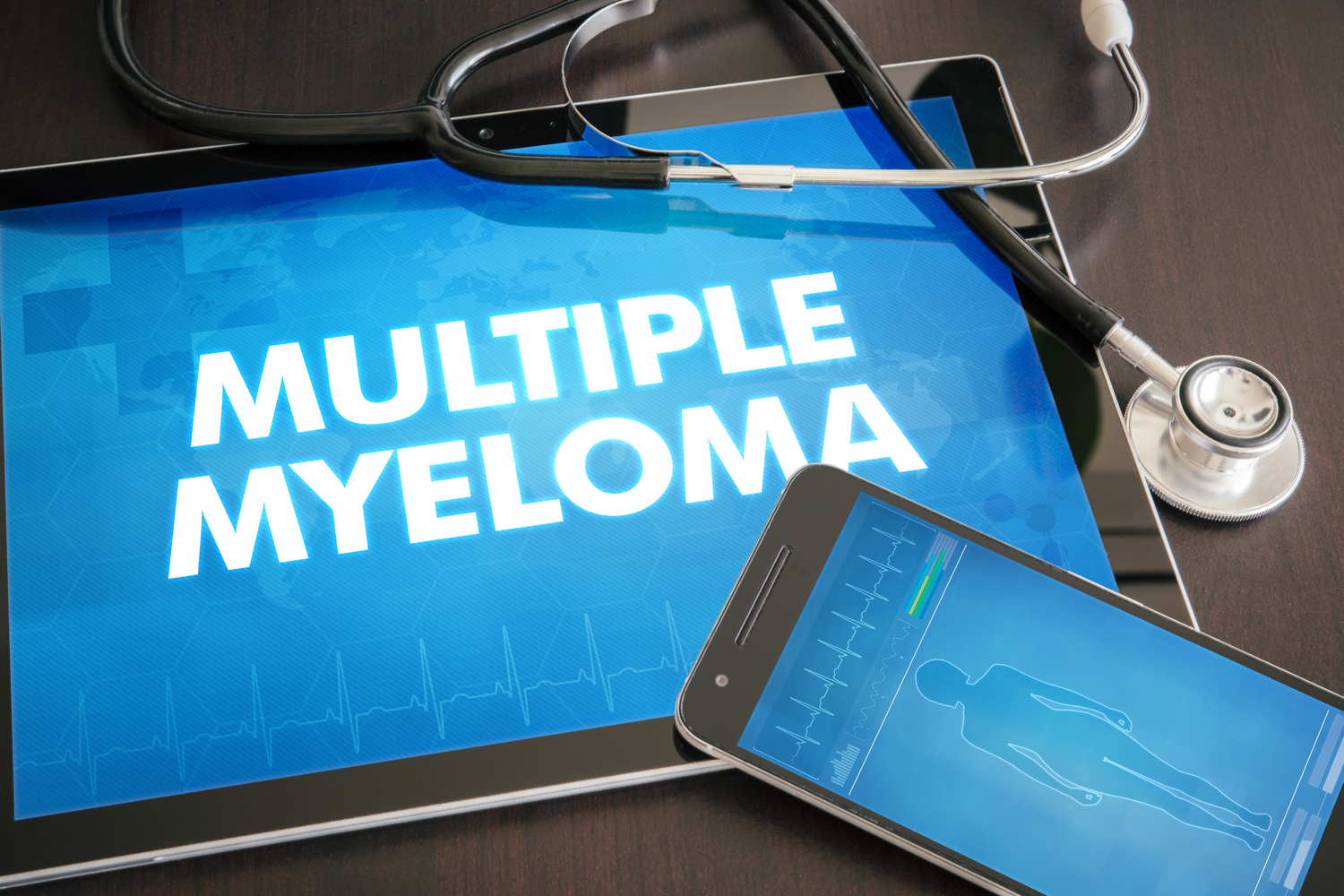
Multiple Myeloma Risk Factors
Multiple Myeloma is a cancer that produces a plasma cell and a type of white blood cell. Plasma cells help you prevent infections through the development of antibodies to detect and destroy germs. Multiple myeloma allows cancer cells to build up in the bone marrow, where healthy blood cells crowd. The cancer cells contain abnormal proteins that can cause complications, rather than producing useful antibodies. A variety of medications are available to help in treating myeloma so as to manage the disease.
Risk factors for multiple myeloma include the following:
1. Age
When people get older, the risk of developing multiple myeloma rises. In people younger than 35 there are fewer than 1% of cases diagnosed. Many people who are at least 65 years of age end up being diagnosed with this disease. Your risk of multiple myeloma rises as you age as most people being diagnosed are in the mid-60s.
2. Exposure to radiation
A person can be exposed to radiation externally by standing close to it or can be internally exposed to radioactive particles by respiration or by swallowing particles that are in the air. Particles may also be absorbed via cuts or sores. Persons with radioactive particles who have swallowed or breathed in have 4% higher risk of death by multiple myeloma than those that are not exposed. Amongst those that are only exposed to outside radiation, there is no elevated risk of multiple myeloma.
3. Chemicals exposure
Persons with a higher risk of developing myeloma are those who have been exposed to asbestos, benzene, pesticides and other contaminants found in the manufacturing process of rubber. There is also a higher risk of people who are mostly exposed to wood items like craftsmen, furniture makers and paper makers. Myeloma is also common among professionals and herbicide-exposed individuals, including Agent Orange.
4. Monoclonal gammopathy of undetermined significance (MGUS)
Multiple myeloma almost always begins as a relatively mild disorder known as Monoclonal gammopathy of undetermined significance (MGUS). About 3% of people over the age of 50 in the United States suffer from MGUS. Around 1% of MGUS affected people develop multiple myeloma or a similar cancer every year. The presence of M proteins in your blood, formed by irregular plasma cells, identifies MGUS, like multiple myeloma. The levels of M proteins are however lower in MGUS and hence there is no body damage.
5. Gender
Men tend to get multiple myeloma more frequently than women, but not by much. Nobody knows why this is the case.
6. Treatment plans for multiple myeloma
Multiple myeloma triplet therapy is a new standard for treating myeloma which supersedes double-therapy for the majority of patients. Although it may seem easy enough to incorporate a third medication, physicians must be mindful of the particular risks and benefits. The addition of a proteasome inhibitor usually requires triplet therapy. Triplet therapy induces reaction, gradual progression of the disease, and increases the survival rate. Triplet therapy is more severe than doublet therapy, allowing the risk of adverse effects to increase. As a consequence, older or co-morbid patients may be more appropriate for double therapy. Revlimid on the other hand is an oral cancer medicine used to treat multiple myeloma, also known as lenalidomide. As a drug, Revlimid for Myeloma belongs to a class of medicines, called IMiD, which partly act to enhance the role of the immune system against cancer cells.



